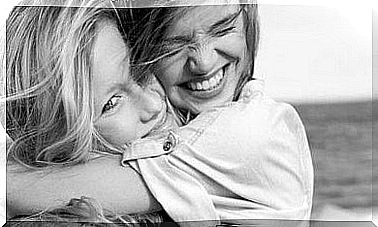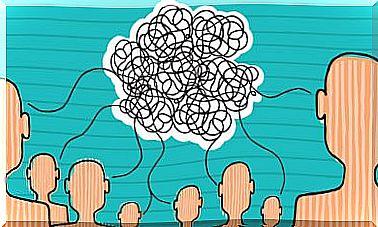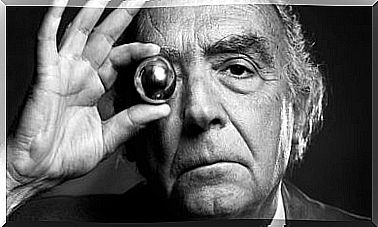At 30 In Friendship, Quality Counts More Than Quantity

A recent APA (American Psychological Association) study published by Psychology and Aging has shown what many of us suspected: As the years go by, the parameters of friendship change. Specifically, at 30 in friendship, quality counts more than quantity.
This study reveals that at 20 we do interact with a wide variety of people who enrich us in our vision of the world, which influences our personality and breadth of expectations.
On the other hand, at 30 we are socially exhausted to entertain other people and we prefer more quality in our relationships and materialize everything we have learned in well-being.
Both types of relationships in these two age ranges had their long-term effect: people who had many friends at 20 and few friends at 30 but of better quality, showed greater psychological health at 50. The conclusion does not translate into having fewer friends at 30… it’s about properly selecting those who really bring us well-being.
Friendship throughout life
The importance we give to friendship remains constant throughout life, but in each of the stages it manifests itself in one way or another.
When we are children we give more importance to the authority figures around us: parents and teachers. We interact with other children to gradually develop an awareness of our own individuality, to activate our emotional, cognitive and social capacities through play and school.
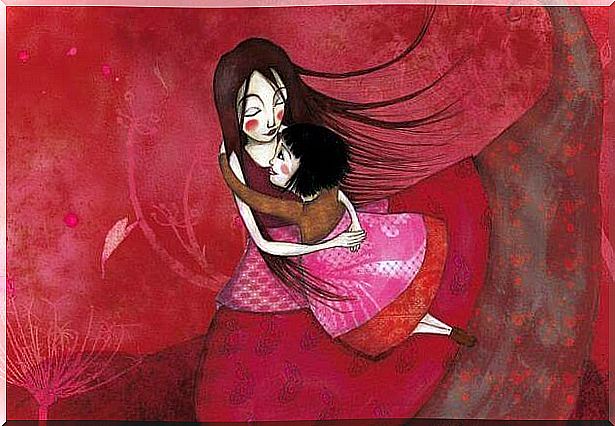
In adolescence, the concept of friendship changes radically. At this stage, it will be relationships with our peers and not with our authority figures that will determine our character and our incipient identity formation, which will be more or less stormy depending on whether we manage to relate to other adolescents related to us.
In this stage, friendship is lived very intensely and will normalize in early youth, in which friendship will play a crucial role in developing our personality, habits and interests. Approaching 30 … these relationships will be less numerous and more selective.
Friends at 20
When we are 20 years old, our whole world is on the boil. We are not clear on many things but we act without fear and with a spontaneity that leads us to meet many people. The penalties are also experienced very intensely and we are at the pole of intimacy versus isolation, since everyone seems to be very polarized.
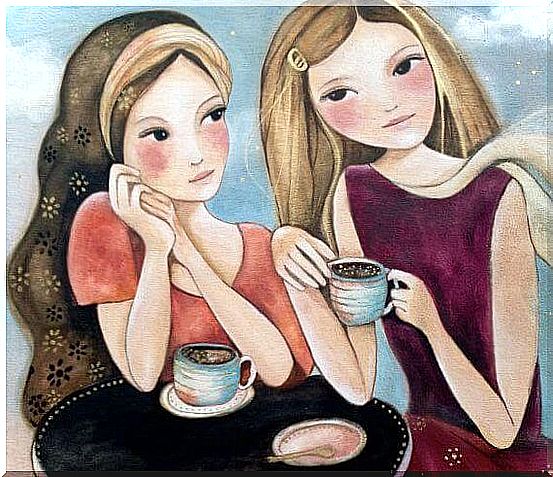
We need to meet new people to nourish ourselves with them, without too many prejudices or expectations. .. we risk a continuous social trial with people we do not know because we need it, we need to enjoy our freedom and see what really interests us.
This study also yielded a very curious fact: if at 20 we have had very few friends, at 50 our health may be significantly affected. Living each stage with intensity and with the attitude it requires is not a myth.
At 20, we have to have a curious attitude, a free spirit and energy to live all the experiences conducive to that age: falling in love, disappointed, traveling, dancing … and the more people around us, the better. It is time to experiment , not to discard without having lived it.
In this longitudinal study (the same subjects have been studied over the years) it was pointed out how people who had had many friends and social experiences at this age that did not turn out to be satisfactory had caused them anxiety, boredom and tiredness … and This was reflected at the age of 50 in these people, as they seemed to be more dissatisfied than those who had lived this stage in a more intimate and calm way.



